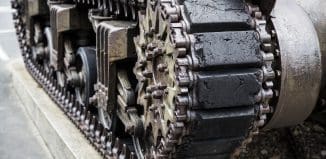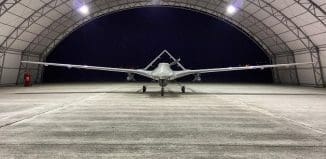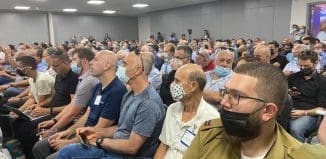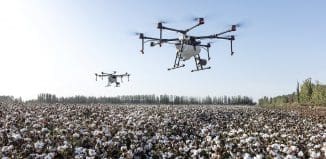The Personal Tank Killer
This post is also available in:  עברית (Hebrew)
עברית (Hebrew)
By ARIE EGOZI
The demand for weapon systems that can be carried and used by a lone soldier is growing and Israeli companies are offering new systems.
Uvision is now developing two loitering munition systems that may be used also as tank killers.
The Hero-120 and the Hero – 400 are being developed by Uvision and soon will be tested with warheads against some type of armor.
The Hero-120 has a max takeoff weight of 12.5 kg including a 3.5 kg warhead. The system has an endurance 0f 60 minutes.
The Hero-400 has a max takeoff weight of 40 kg including a 8 kg warhead. The system has an endurance of 4 hours.
Recently Raytheon has selected the Hero-30 made by Uvision as its entry to a competition aimed at supplying a lethal miniature aerial missile system (LMAMS) for the U.S army. The main consideration is to give the u.s army a capability to hit targets with “super accuracy” with minimum of collateral damage.
The agreement between Raytheon and Uvision follows initial procurement of the system by some U.S army special forces which followed a demonstration of the Hero-30 performed last year in Israel.
The Hero-30 is the smallest version of a family of such systems: 78 cm long and with a wingspan of 80 cm. At 3kg, it is expendable and very accurate munitions which is carried in a canister also used as a pneumatic launcher. The HERO-30 is equipped with a day/night sensor and has an endurance of 30 minutes.
After launch the electric motor is turned on and the system locks on the predesigned target and transmits the video to the operator using a hand held unit.
The HERO-30 is loitering in altitudes between 300 and 600 meters above the ground. The data link that was developed for the system can control it in ranges of 5 -10 or 40 km, depending on the antenna used.
The operator can abort the mission if the circumstances require it.
The demand for small loitering munitions systems has increased in recent years, mainly due to the operational lessons from the war against the international terror. The capability of small units to attack sources of fire independently has become crucial in combat in urban areas.




























